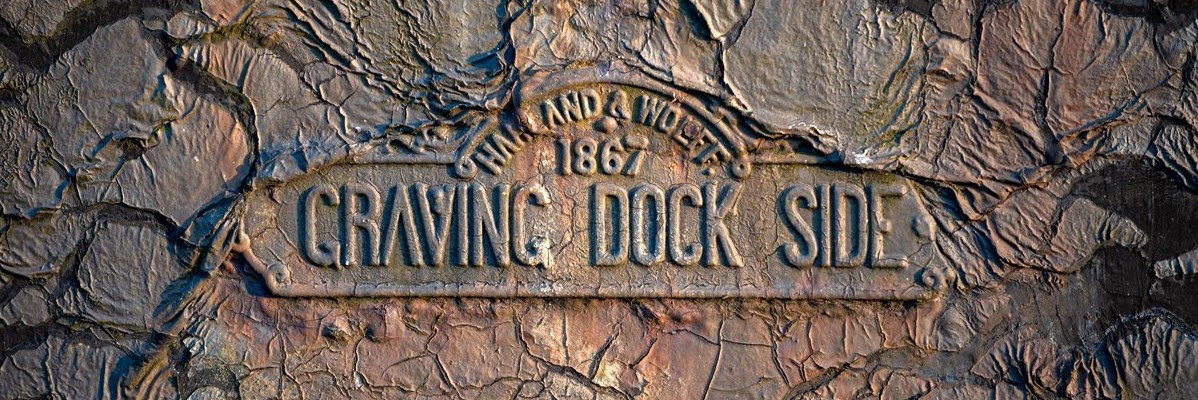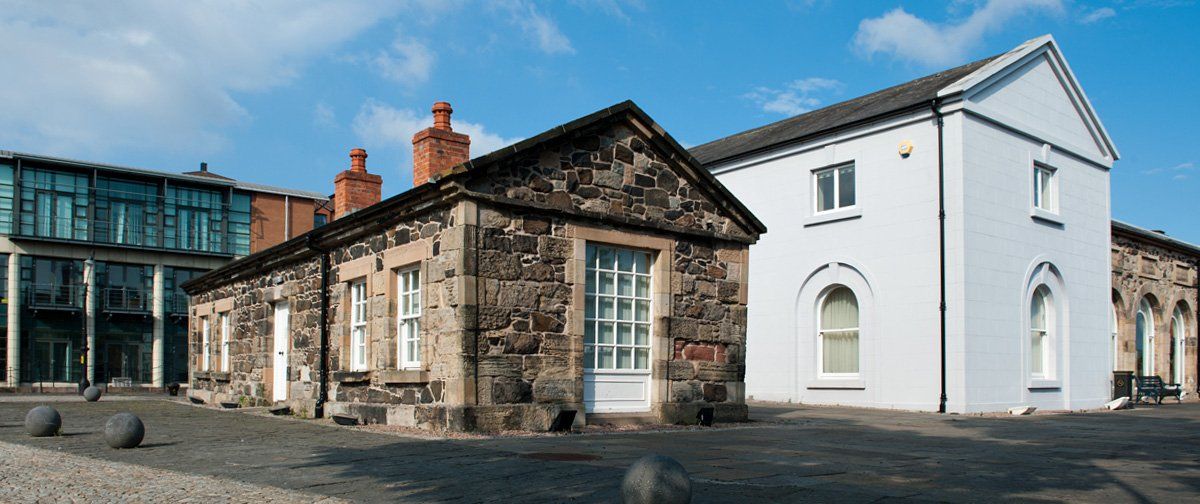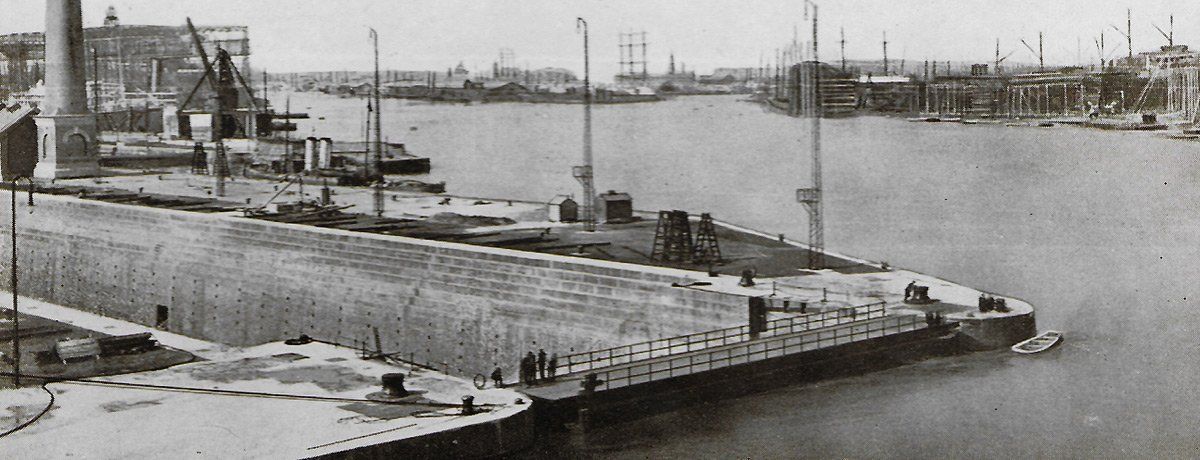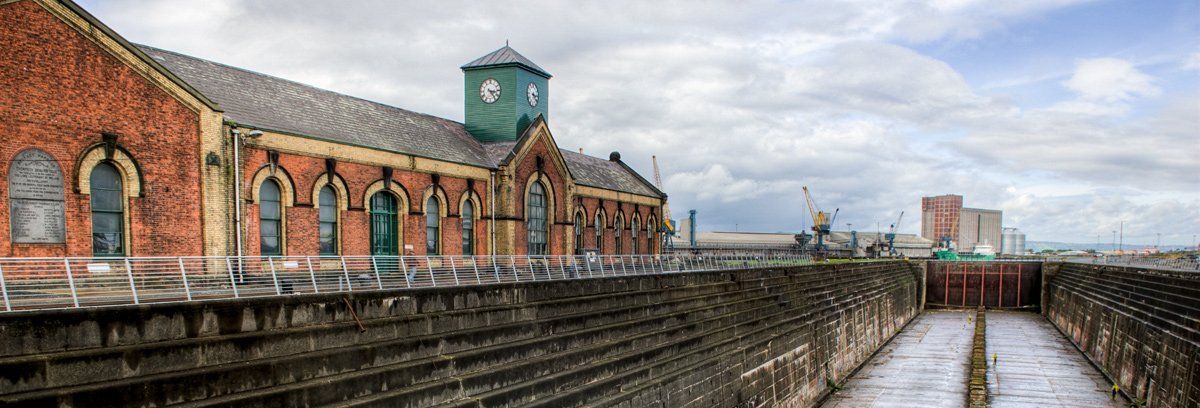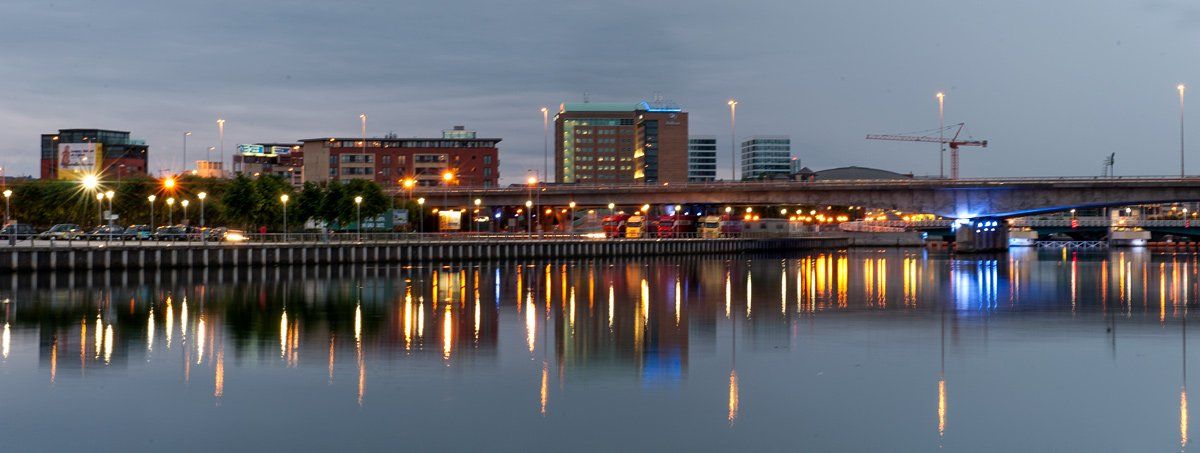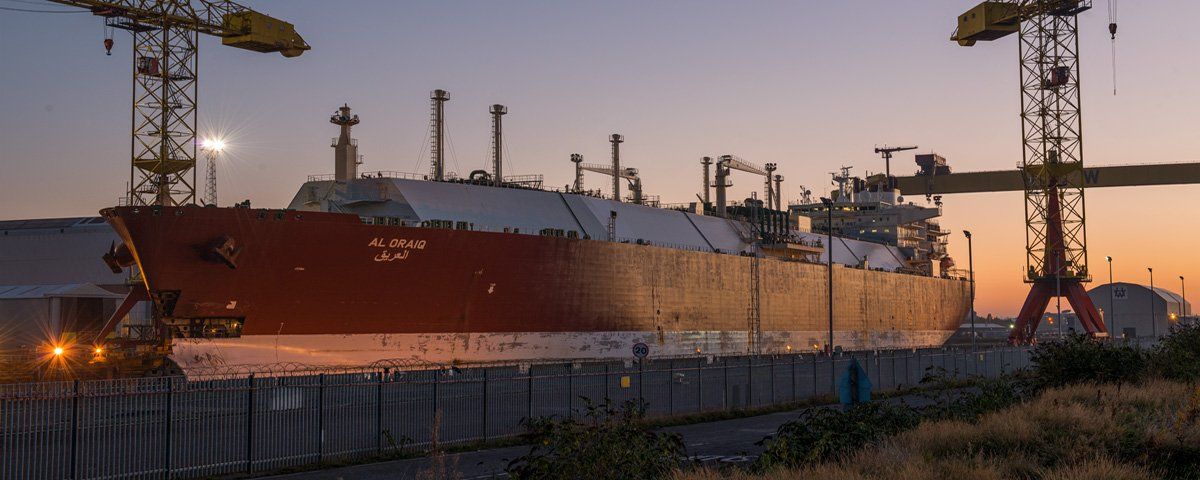Maritime Heritage
Maritime Heritage
The Norman knight John de Courcy understood the strategic importance of Beal Feirste when he built the first stone keep here circa 1179. In 1635 when the customs rights moved from Carrickfergus to Belfast the stage was set for Belfast to realize its full potential. Ships were built around the settlement from the early 17th century, the first officially registered ship being completed in 1663. A major step in the shipbuilding legacy began when William Ritchie moved his business and workforce from Scotland in 1791, inspired by the Ballast Board (Harbour Commissioners) he saw the long term potential for ship repairs which would later lead to him building scores of vessels here.
The Ballast Board formed in 1785 to preserve and improve the port, major work was started in 1839 when they contracted William Dargan to straighten the River Lagan. This was completed in 1841 and became known as the Dargan Channel, the next phase was the Victoria Channel completed by 1849. This massive operation produced huge quantities of spoils from the mud banks which went to form a 17-acre island on the County Down side of the river, initially known as Dargan’s Island it was later renamed Queens Island after a visit by Queen Victoria in 1849.
William Ritchie's first shipyard was on the County Antrim side of the river, he built a quay and graving docks which could hold three ships up to 200 tons. The Ballast Board then commissioned him to build the Clarendon No.1 Dock on the County Antrim side. Located in the Clarendon Estate close to the Harbour Commissioners Building it is today well preserved and functional, looking very much like it did when completed in 1800, it is well worth a visit. The ships built by Ritchie where highly regarded and gained Belfast a good reputation, these ships were built of oak and plied the trade routes between Europe and the West Indies.
Queens Island was soon seen as an alternative site for shipbuilding with the first yard being established by Thompson and Kirwan in 1851, later in 1853 Robert Hickson founder the Belfast Iron Works set up a shipyard on the island, it was this yard that would be the starting point for what would become one of the world's greatest shipbuilding companies, Harland & Wolff. The rest of Queens Island at the time served as a people's park but was eventually engulfed by developing industries leaving a small remnant which today is known as Victoria Park, a beautiful park to visit and walk around, and full of wildlife.
In 1854, Robert Hickson employed a young Edward Harland as his yard manager, Harland had served his time with the Robert Stephenson Company in Newcastle and was an exceptional marine engineer. He set about trying to turn around Hickson's company which suffered from bad labour practices. He was joined at Hicksons by Gustav Wolff who became the junior manager. Gustave Wolff was the son of Gustave Schwabe's sister, a wealthy merchant whom Harland had befriended during his studies in England. Schwabe was a partner in the Bibby Shipping Line in Liverpool and financially backed Harland to buy out Robert Hickson shipyard in 1858 for £5000.
Harland entered into a formalized partnership with Gustav Wolff, the two men had great ambition in shipbuilding, Ironically they had gone over to Liverpool to set up their new shipyard but the Liverpool Harbour Board rejected them as being too young and too ambitious for such a major project, little did they know then, the enormity of that misjudgement. The two eventually disposed of the Hickson site and moved to a new site that would eventually expand over virtually the whole of Queens Island. The companies first ships were built for the Bibby Line as part of a long-standing agreement with Schwabe.
The input of Gustave Schwabe and his contribution to the success of Harland & Wolff and indeed the maritime heritage of Belfast is often overlooked, he funded Henry Ismay when he bought the White Star Line in 1864, on condition that he would have his new ships built by Harland & Wolff. If his support both financially and in ship orders had not been forthcoming none of this would have happened. In 1874 James Pirrie joined the company and became a partner, at the same time Walter Wilson (yard manager) and his brother Alexander (engine design and installation) became partners. Alexander left the company and his brother took over his share to leave four key players. This pioneering team would lead the world in marine technology and create numerous firsts in shipbuilding.
The first iron ship built by Harland & Wolff was the 'Venetian', a 1,500-ton barque rigged steamer which was completed in 1859. The Oceanic built-in 1899 was the largest ship built in the 19th century. The Titanic again was the largest and most luxurious passenger ship of its day. The success of the company resulted in it building over 1740 ships many of which became household names: the Oceanic, Olympic, Titanic, Brittanic, Canberra, HMS Eagle, HMS Formidable and HMS Belfast, the latter can still be seen today moored at London Bridge.
At its peak Harland & Wolff employed over 65,000 people at locations in Belfast, Liverpool, Southampton, Glasgow and London. There were also spin off companies from the industry. The formation of Shorts & Harland in 1933 saw the company move into the aviation field where it again made ground breaking advances in aerodynamics and plane construction such as pioneering the vertical take off aircraft. The most notable ship built by Harland & Wolff is without doubt the Titanic, and the tragic events that happened to this liner and those that perished aboard her have today become the regenerative seed for Queen's Island.
All Rights Reserved | Art Ward
© 2024

